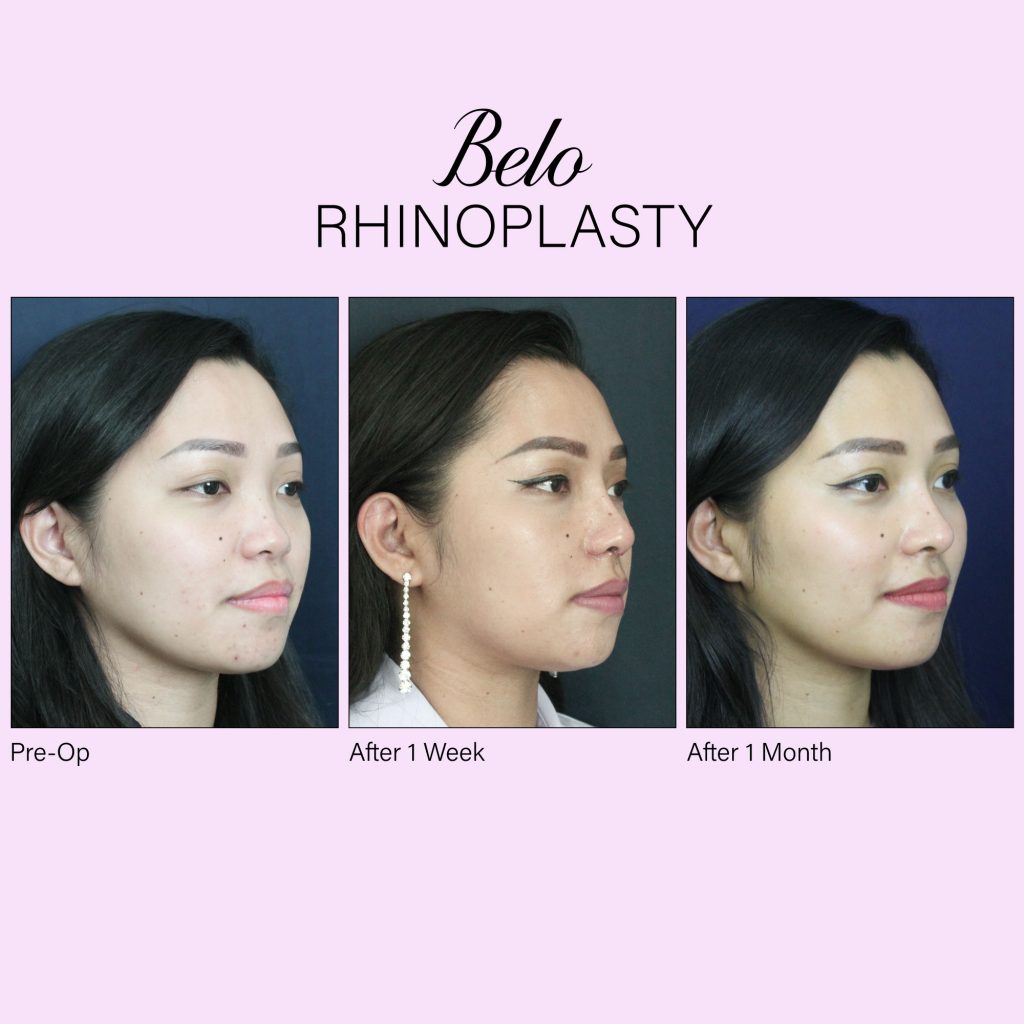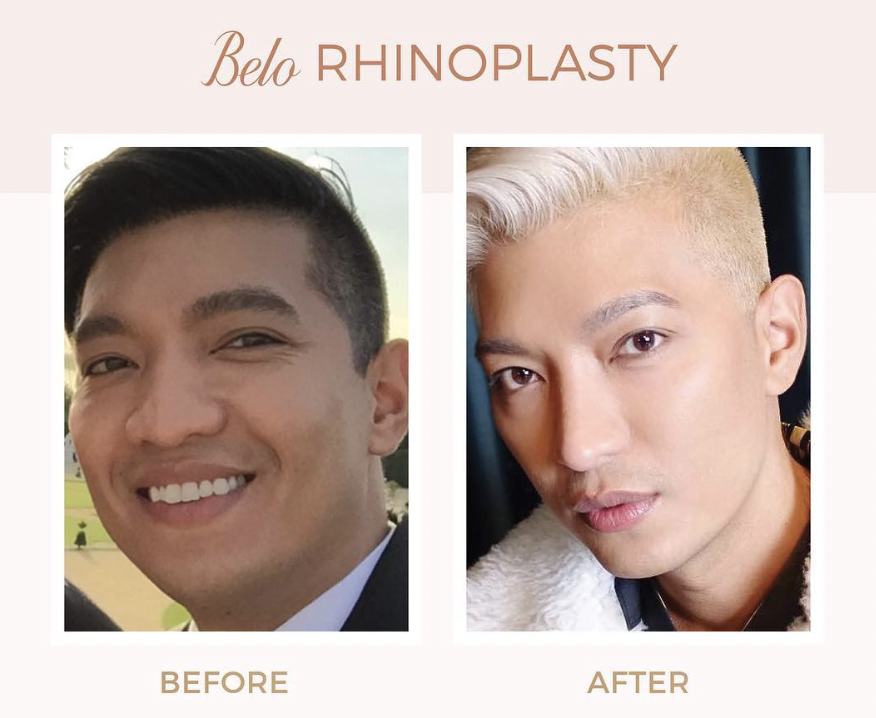Rhinoplasty or Thread Lift? Your 2025 Guide to Rhinoplasty Procedures
May 30, 2025

Are you considering rhinoplasty to enhance your facial features? As one of the most popular cosmetic procedures, rhinoplasty, or nose reshaping surgery, offers transformative results. However, it’s essential to be well-informed before making a life-changing decision. We’ll answer some frequently-asked questions about rhinoplasty and debunk common myths, ensuring you have accurate information and feel confident about your choice.

Rhinoplasty is a surgical procedure that reshapes the nose to enhance its appearance and improve its function. It can address various concerns. This includes reducing or increasing the size, altering the shape of the tip or bridge, correcting asymmetry, or improving breathing difficulties. Skilled plastic surgeons use advanced techniques to achieve natural-looking results that harmonize with your facial features.
The procedure requires general anesthesia, so you’ll be asleep and won’t feel anything while it’s happening. The operation is around 3 to 4 hours, with a few hours necessary for recovery. It’s an outpatient procedure, meaning you can head home after the procedure.
According to Dr. Josephine Grace Rojo Tan, ENT-Head & Neck Surgery Specialist and facial plastic & rhinoplasty surgeon of Belo, anybody who wants to improve their nose, either in appearance or function, are suitable candidates.
It’s important to have realistic expectations, good overall health, and a fully developed nasal structure. Consulting with a qualified plastic surgeon is crucial. This will determine if rhinoplasty is right for you. Here, you and your surgeon will be able to discuss your goals and expectations.
“When we do rhinoplasty, we want to make it as natural-looking as possible,” said Dr. Tan. “Generally, we aim for the most significant improvement that will suit the facial profile of the patient. This is, unless, they specify that they only want a subtle change. For those who knew the patient before the surgery, it can be noticeable at first, but in a good way. For those who will know the patient for the first time after the surgery, usually, it is not obvious at all.”
Based on Dr. Tan’s experience, friends and loved ones are surprised at how fast they get used to the new “look” of the patient as if that was how they originally looked. The goal, she said, is to have an improved look but not rid the patient’s character.
READ MORE: 3 Obvious Signs Someone Got a Nose Job
Some have managed to head back to work the day after getting rhinoplasty. Meanwhile, while others need to an extended period of rest. This would really depends from person to person. You are also allowed to take painkillers, but again, some find that they don’t need it. Even for those with a low pain threshold, rhinoplasty is a well-tolerated procedure.
The nasal cast, sutures, and swelling may look overwhelming since they stay for the first week. Patients may expect having a stuffy nose during this period, though daily activities can be done at this time.
Dr. Tan said that heavy exercises and strenuous activities is best delayed until 4-8 weeks after surgery.
READ MORE: 4 Nose Care Tips After Getting a Rhinoplasty
One common myth surrounding rhinoplasty is the concern about noticeable scars. The truth is, skilled surgeons employ either an open or closed approach, carefully placing incisions in inconspicuous areas. With careful suturing techniques and a well-designed incision, the scars from rhinoplasty generally blends well with natural skin creases. It makes it almost invisible to the unsuspecting eye. We also have treatments in Belo available to help fade the scars, such as ADVALight.

Rhinoplasty is not limited to any gender. Both women and men seek rhinoplasty to address their concerns and achieve their desired aesthetic results. Skilled surgeons cater to the specific needs and goals of each patient, regardless of gender. We’ve also had male patients too – check out their journey here!
While enhancing your appearance is a valid reason to consider rhinoplasty, it’s important to note that the procedure can also address functional issues. These include breathing difficulties or structural abnormalities. Rhinoplasty can improve both the aesthetics and functionality of your nose, ultimately enhancing your quality of life.
READ MORE: 5 Health Benefits You Can Get From Rhinoplasty
The first week after getting rhinoplasty won’t show the results you want. There will be a lot swelling, especially around the eyes. But don’t worry! The swelling will subside within 4 days to a week, and the sutures will be removed 5-7 days after. The outcome of the surgery is best seen in 4-6 months’ time. It may continue to improve until 2 years, depending on the patient’s healing.
“When we do rhinoplasty, we consider natural aging in a way that the “new nose” will age beautifully with the patient’s face,” Dr. Tan said.
Women and men get nose jobs usually for aesthetic reasons. Some also get it because they’re medically mandated to do so. But if you’re looking for a way to improve your overall appearance, getting a nose job can give you that drastic change.
“Common reasons for Asians would be augmentation of the nasal bridge. Meanwhile for other races, removal of dorsal hump can be done,” Dr. Tan shared. “Here in the Philippines and in Asia, alarplasty and nasal base reduction surgery offer significant change for the typical Asian nose after surgery.”
Depending on the look that suits you, it can involve reshaping your nostrils, building a nose bridge from scratch, or creating a smaller, slimmer nose.
Over all, doing rhinoplasty should be a personal choice. “It should be because you want to, not because you’re trying to please other people, not because somebody told you that you have an ugly nose,” according to Dr. Vicki Belo.
“If it makes you feel good, then you should do it for yourself. After all, it’s your body, it’s your body, it’s your face, and this is really for you,” she shared.
To learn more about Rhinoplasty and how it can help you achieve the look you’ve always wanted, click here to schedule a consultation or call 8819-BELO (2356).
Most Popular
The Belo Glow Holiday Guide: Your Quick, Chic, and Camera-Ready Glow Plan